About the Author
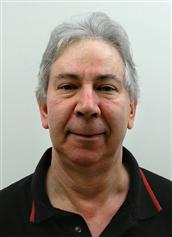 Ethan Winer is a reformed rock n roll guitar and bass player who sold his successful software business in 1992 at the age of 43 to take up the cello. Ethan has, at various times, earned a living as a recording engineer, studio musician, computer programmer, circuit designer, composer/arranger, technical writer, and college instructor. In addition to a best-selling book about computer programming, more than 100 of his feature articles have been published in audio and computer magazines, including Mix, PC Magazine, Electronic Musician, EQ Magazine, Audio Media, Sound on Sound, Computer Language, Microsoft Systems Journal, IBM Exchange, Strings, Keyboard, Programmers Journal, Skeptic, The Strad, Pro Sound News, and Recording. Ethan is also famous (some might say infamous) for his no-nonsense posts about audio science in online audio forums.
Ethan Winer is a reformed rock n roll guitar and bass player who sold his successful software business in 1992 at the age of 43 to take up the cello. Ethan has, at various times, earned a living as a recording engineer, studio musician, computer programmer, circuit designer, composer/arranger, technical writer, and college instructor. In addition to a best-selling book about computer programming, more than 100 of his feature articles have been published in audio and computer magazines, including Mix, PC Magazine, Electronic Musician, EQ Magazine, Audio Media, Sound on Sound, Computer Language, Microsoft Systems Journal, IBM Exchange, Strings, Keyboard, Programmers Journal, Skeptic, The Strad, Pro Sound News, and Recording. Ethan is also famous (some might say infamous) for his no-nonsense posts about audio science in online audio forums.
Besides his interest in audio and computers, Ethan produced two popular Master Class videos featuring renowned cellist Bernard Greenhouse and five CDs for Music Minus One, including a recording of his own cello concerto. His Cello Rondo video has received more than a million views on YouTube and other websites. Besides writing, playing, and recording pop tunes, Ethan has composed three pieces for full orchestra, all of which have been performed publicly. He has also played in several amateur orchestras, often as principal cellist.
Ethan lives in New Milford, Connecticut, with his wife Elli and cat Noah. In 2002 he started the company RealTraps to manufacture bass traps and other acoustic treatment, which he continues to this day. When hes not watching reruns of The Simpsons or writing music, Ethan enjoys cooking and playing his collection of vintage pinball machines.
Acknowledgments
Its important to thank the people who were most influential over the years in teaching me how technology works. First was Marty Yolles, who, when I was about 12, spent many Saturday afternoons helping me overhaul an old lawnmower engine I would later use for a home-made go-cart. Then later in my teens and early 20s, Cliff Mills, Alan Podell, Marvin Fleishman, and others graciously gave their valuable time to answer my endless beginner questions about audio and radio electronics. Later, Leo Taylor and I designed and built several analog synthesizers and other audio devices, with Leo doing most of the designing and me doing all of the learning. Leo worked as an engineer at Hewlett-Packard, so I got to play with every type of audio test gear imaginable as we created and refined our designs. Finally, my thanks especially to Bill Eppler, who for more than 30 years has been my friend, mentor, and advisor on all technical matters.
I mention these influences because, aside from lawnmower engines and electronics, these people also taught me what I call the ham radio ethic of sharing information freely and with endless patience. When I grew up in the 1950s and 1960s, ham radio was popular, and many towns had a local ham radio club where you could learn about electronics for free in a friendly and informal atmosphere. This ethic of sharing has been a driving force throughout my entire life. It was why I wrote my first book in 1991a manual for programmers to explain the unpublished internal workings of Microsofts DOS BASIC compilerseven though at the time I owned a software company that sold products based on the same information! My company was unique because we included all of the assembly language source code so people would not only buy a packaged solution but could also learn how the programs they bought worked.
It always bothers me when people are secretive or protective of their knowledge, as if sharing what they know means theyll no longer be as valued or even needed. This is why today I continuethrough my posts in audio forums and articles on my personal websiteto help people build acoustic treatment, even though my current business manufactures and sells acoustic treatment products.
Many people contributed and helped me over the ten months it took to write this book. Id like to thank Catharine Steers of Focal Press for recognizing the value of this book and helping to make it a reality. Carlin Reagan, also of Focal Press, guided me throughout the process. Expert audio engineer and journalist Mike Rivers did the technical review, offering many incredibly helpful comments and suggestions. My friend, cellist, and electronics engineer, Andy Woodruff, provided formulas for the decibels.xls spreadsheet, and also performed the cello demonstration video. My friend, black belt electronics engineer Bill Eppler, contributed his considerable wisdom and helped with fact checking, as did microphone expert Bruce Bartlett, video expert Mark Weiss, acoustics expert Wes Lachot, and loudspeaker maven Floyd Toole.
I must also thank Collin Wade for the saxophone demo; David Gale for his violin expertise; Steve Isaacson and Terry Flynn, who demonstrated the piano; expert arranger Arnie Gross for years of musical tutoring; luthier Bob Spear for his string instrument expertise; and composer Ed Dzubak, who contributed several pieces for the plug-in effects demos. I offer my special thanks to John Roberts, a professional electronics engineer and friend since we worked together in the 1970s, for his many valuable suggestions.
Chapter 1
Audio Basics
When you can measure what you are speaking about, and express it in numbers, you know something about it; but when you cannot measure it, when you cannot express it in numbers, your knowledge is of a meager and unsatisfactory kind; it may be the beginning of knowledge, but you have scarcely in your thoughts advanced to the state of science.
Lord Kelvin (Sir William Thomson), nineteenth-century physicist
Volume and Decibels
When talking about sound that exists in the air and is heard by our ears (or picked up by a microphone), volume level is referred to as sound pressure level, or SPL. Our ears respond to changing air pressure, which in turn deflects our eardrums, sending the perception of sound to our brains. The standard unit of measurement for SPL is the decibel, abbreviated dB. The B refers to Alexander Graham Bell (18471922), and the unit of measure is actually the Bel. But one Bel is too large for most audio applications, so one-tenth of a Bel, or one decibel, became the common unit we use today.
By definition, decibels express a ratio between two volume levels, but in practice SPL can also represent an absolute volume level. In that case theres an implied reference to a level of 0 dB SPLthe softest sound the average human ear can hear, also known as the threshold of hearing. So when the volume of a rock concert is said to be 100 dB SPL when measured 20 feet in front of the stage, that means the sound is 100 dB louder than the softest sound most people can hear. Since SPL is relative to an absolute volume level, SPL meters must be calibrated at the factory to a standard acoustic volume.
For completeness, 0 dB SPL is equal to a pressure level of 20 micropascals (millionths of 1 Pascal, abbreviated Pa). Like pounds per square inch (PSI), the Pascal is a general unit of pressurenot only air pressureand it is named in honor of the French mathematician Blaise Pascal (16231662).
Note that decibels use a logarithmic scale, which is a form of numeric compression. Adding dB values actually represents a multiplication of sound pressure levels, or voltages when it relates to electrical signals. Each time you add some number of decibels, the underlying change in air pressure, or volts for audio circuits, increases by a multiplying factor:


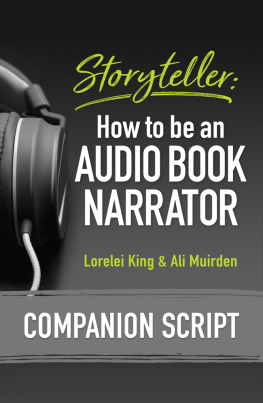

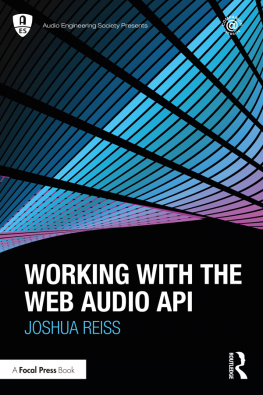
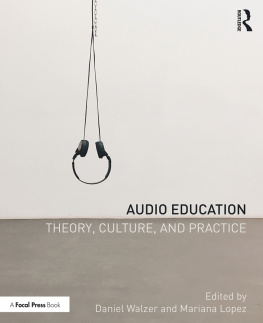
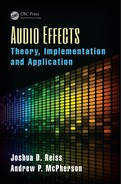
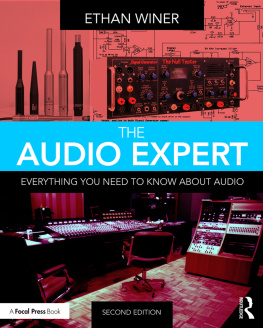
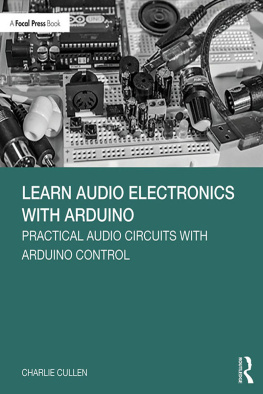

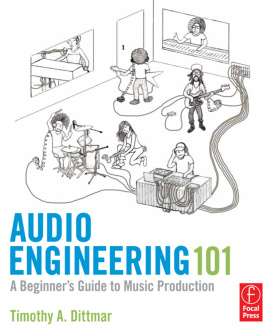
 Ethan Winer is a reformed rock n roll guitar and bass player who sold his successful software business in 1992 at the age of 43 to take up the cello. Ethan has, at various times, earned a living as a recording engineer, studio musician, computer programmer, circuit designer, composer/arranger, technical writer, and college instructor. In addition to a best-selling book about computer programming, more than 100 of his feature articles have been published in audio and computer magazines, including Mix, PC Magazine, Electronic Musician, EQ Magazine, Audio Media, Sound on Sound, Computer Language, Microsoft Systems Journal, IBM Exchange, Strings, Keyboard, Programmers Journal, Skeptic, The Strad, Pro Sound News, and Recording. Ethan is also famous (some might say infamous) for his no-nonsense posts about audio science in online audio forums.
Ethan Winer is a reformed rock n roll guitar and bass player who sold his successful software business in 1992 at the age of 43 to take up the cello. Ethan has, at various times, earned a living as a recording engineer, studio musician, computer programmer, circuit designer, composer/arranger, technical writer, and college instructor. In addition to a best-selling book about computer programming, more than 100 of his feature articles have been published in audio and computer magazines, including Mix, PC Magazine, Electronic Musician, EQ Magazine, Audio Media, Sound on Sound, Computer Language, Microsoft Systems Journal, IBM Exchange, Strings, Keyboard, Programmers Journal, Skeptic, The Strad, Pro Sound News, and Recording. Ethan is also famous (some might say infamous) for his no-nonsense posts about audio science in online audio forums.